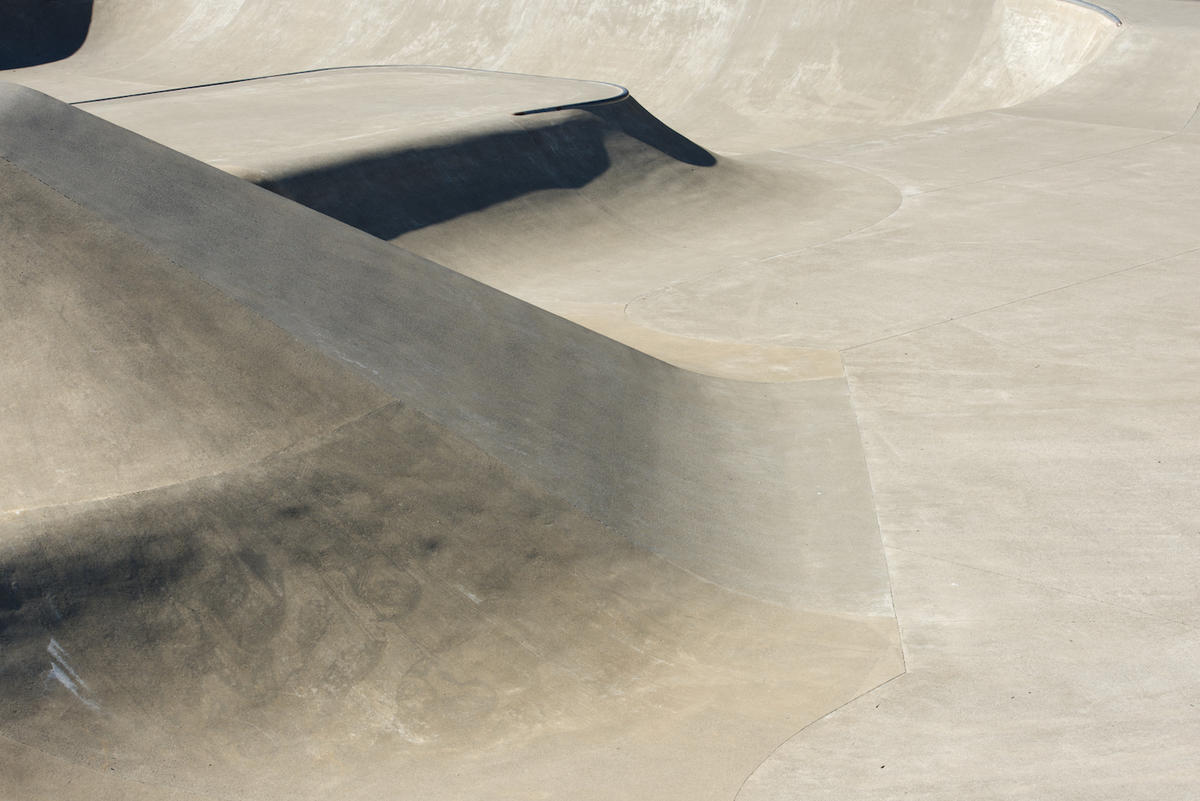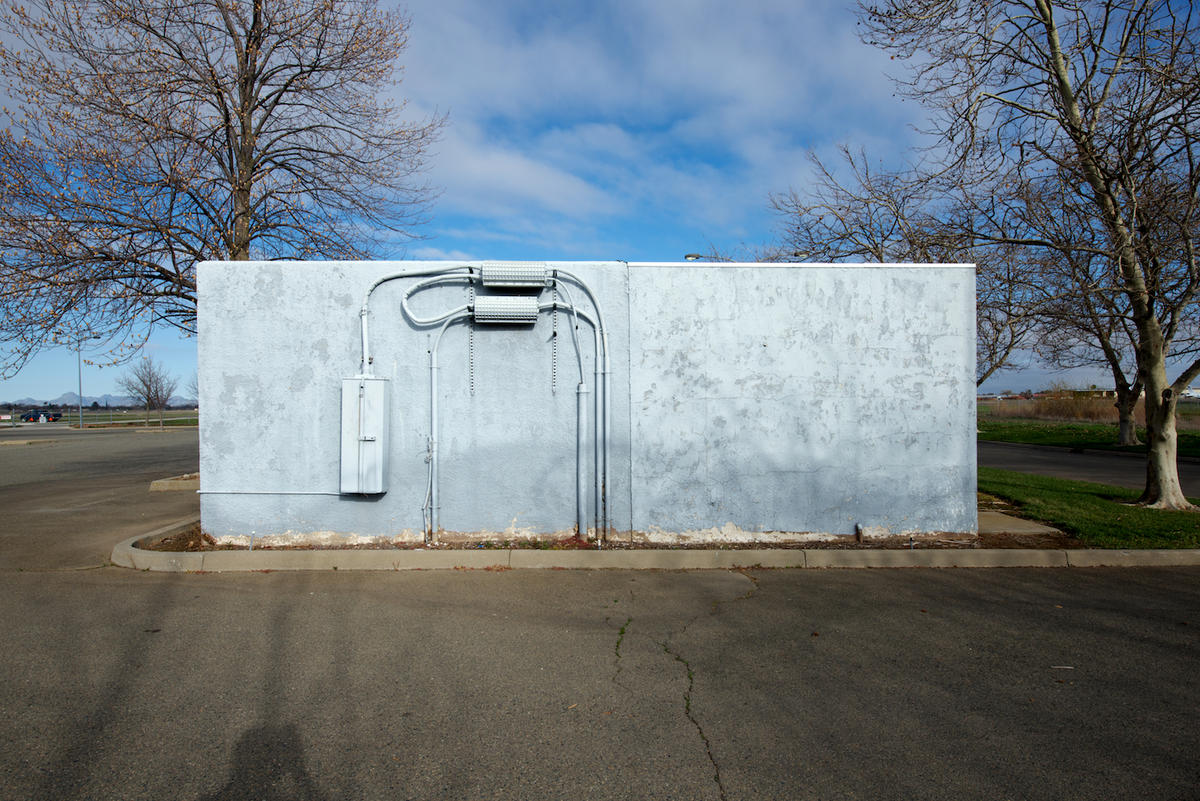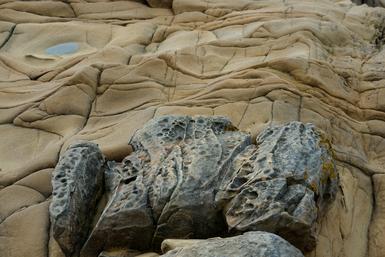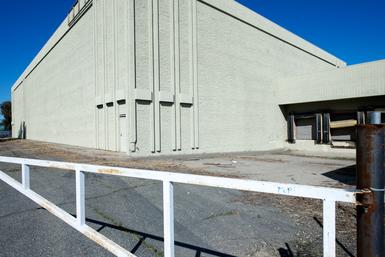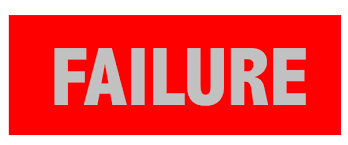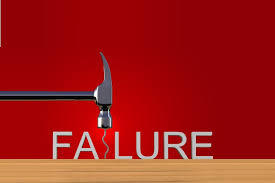Success

What is that in art? Fame? Fortune? Praise? A museum show? A NYT or New Yorker review? Inner fulfillment for a project well done? Achieving peace within yourself? A big sale? Admiration from a loved one? The ability to tell yourself you are finished with a project and the freedom to move on to the next one?
Different definitions for different people and different projects, I am sure.
As a young man, once I figured out that I was going to make art for the rest of my life, the job seemed relatively clear: make art. That's exactly what I did. Of course, I learned there were issues in there and things for me to figure out, like: what art? Who was I artistically? What were my priorities? Would I be single minded? Would my approach be diverse? Early on, you don't know if you are prolific or not, a natural spring of ideas flowing forth or working much slower with ideas and execution less frequent. Would I work hard? I had no idea. I didn't know what my work ethic was. This was the fist time I was passionate about what I was doing at the young age of 22 or so.
At any rate, I know my goals were different then, perhaps based more on the idea that I'd be discovered, achieve some kind of fame that involved fast cars, my own high-end modern house with a view to die for, first class travel to exotic locations, surrounded by adoring and beautiful women; and that I would make art that was always amazing.
Well, my friends, success looks a lot different to me now. Maybe to you too. Hopefully, it is a vision with a little more substance. I believe, in many ways, I've been successful beyond my wildest dreams. I took the idea of making art seriously throughout my career. At my age I care a great deal about peace of mind, satisfaction in living a life of honorable intent and result, giving back and not always taking, having a reputation for honesty and integrity and so on. My family. And yes, even leaving behind a body of work that has significance and relevance.
What would be your definition of success? If we confine this to making photographs it would naturally fit into categories like: exhibition, publishing, critical acclaim from reviewers, your work being purchased by collectors, a following of people that admire what you've done and so on. If you've read the preceding post called Calculation you know that there can be false signals in there, traps and pitfalls to fall into.
I would like to suggest a different lens for "success". One in which the work you make is a way to share your innate quality, your unique perception with a world that gets it, that understands the contribution you make, your ability to see it and to comment on it in ways that deepen our common human experience.
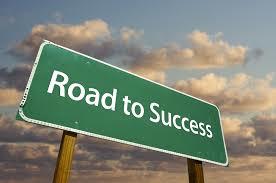
Success is certainly tied to respect. It isn't that usual that artists get great respect or are revered for the contribution they make, especially here in America in the middle of the current decade. I've only felt this a few times and one was while I was a resident at the Baer Art Center in New Zealand in 2013. We were chosen by the quality of our art and then, when there, given the freedom to create while mundane things like having to eat, see different things and exercise were provided for us, with quality and sincere friendship. This was remarkable as we felt hugely supported in our efforts. It was, to put it briefly, a sublime and most wonderful experience. I would call that a success. Plus, I made good work.
To close this out I would like to propose that success might nestle up to fulfillment, a feeling of peace and pride in who you are, what you represent and whether you can hold your head high, proud of achievements but humbled by your smallness in a very big world. And let's face it, we don't feel good if we're only about ourselves, thinking just of what we can get, buy or consume. The road to happiness? Give back somehow, give stuff away and work to make others' lives a little better.

